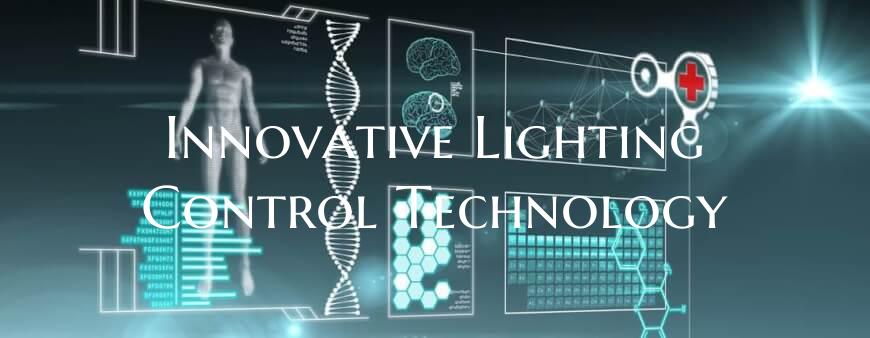Innovative Lighting Control Technology
Introduction: In today's fast-paced world, technological advancements have permeated almost every aspect of our lives, and lighting control technology is no exception. Innovations in the field of lighting control have not only enhanced the way we illuminate our spaces but have also revolutionized the way we interact with our environments. This article delves into the realm of innovative lighting control technology, exploring how cutting-edge solutions are reshaping the way we perceive and utilize lighting in various settings.
Smart Lighting Systems: One of the most significant advancements in lighting control technology is the emergence of smart lighting systems. These systems leverage sensors, connectivity, and automation to create a seamless and intuitive lighting experience. By incorporating sensors that detect occupancy, ambient light levels, and user preferences, smart lighting systems can dynamically adjust lighting levels and color temperatures to create the perfect illumination for any situation. Furthermore, the integration of connectivity features enables users to remotely control and monitor their lighting settings, providing unprecedented convenience and energy efficiency.
Human-Centric Lighting: Another groundbreaking development in lighting control technology is the rise of human-centric lighting solutions. By mimicking the natural patterns of sunlight, human-centric lighting systems aim to enhance the well-being and productivity of individuals. These systems dynamically adjust the color temperature and intensity of light throughout the day to align with the body's circadian rhythm, promoting better sleep patterns, improved mood, and increased alertness. By prioritizing the human experience, human-centric lighting technology is transforming the way we design and utilize lighting in residential, commercial, and healthcare settings.
Gesture and Voice Control: Advancements in gesture and voice control technology have also revolutionized the way we interact with lighting systems. By incorporating intuitive gestures or voice commands, users can effortlessly adjust lighting levels, activate preset scenes, or even change the color of light. This hands-free approach not only enhances convenience but also fosters a more engaging and interactive lighting experience. Gesture and voice-controlled lighting systems are particularly well-suited for environments where traditional controls may be impractical or cumbersome, such as smart homes, offices, or healthcare facilities.
Energy Efficiency and Sustainability: Innovative lighting control technology is not only about convenience and aesthetics but also about sustainability and energy efficiency. By integrating advanced control algorithms, daylight harvesting sensors, and energy-efficient LED fixtures, lighting systems can significantly reduce energy consumption and environmental impact without compromising performance. Automated dimming, scheduling, and occupancy sensing further optimize energy usage, ensuring that lighting operates only when and where it is needed. As a result, businesses and individuals can lower their carbon footprint and operating costs while enjoying the benefits of state-of-the-art lighting control technology.
Conclusion: Innovative lighting control technology is transforming the way we illuminate and interact with our spaces. From smart lighting systems that offer unprecedented flexibility and convenience to human-centric lighting solutions that prioritize well-being and productivity, the possibilities are endless. By embracing cutting-edge technologies such as gesture and voice control and prioritizing energy efficiency and sustainability, we can create lighting environments that are not only functional and aesthetically pleasing but also enhance our quality of life. As we continue to push the boundaries of innovation, the future of lighting control technology holds endless potential for revolutionizing the way we experience and appreciate light.

